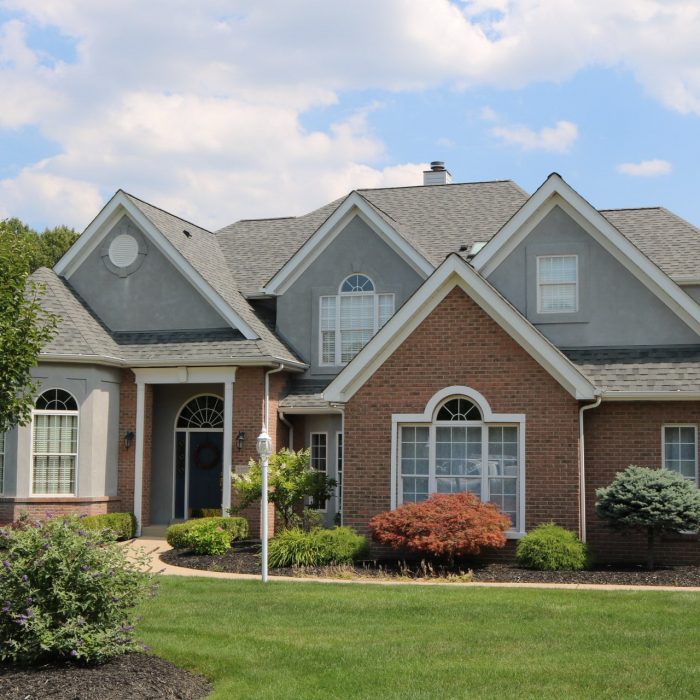As a homeowner, home maintenance likely takes up a lot of your time, as housekeeping and yard trimming tend to be pretty time-consuming chores. Luckily, siding by nature is durable and doesn’t require that much upkeep. That being said, a little TLC here and there to preserve the longevity of your siding never hurts. Here are some ways to maintain your siding, in accordance with its material.
Vinyl Siding
Vinyl siding is strong enough to the point where it is meant to be left alone, but it is still good to check to make sure that the siding is tightly secured, as even a little bit of looseness can spell trouble for the integrity of the siding. It also helps to give your siding a good power wash either before or after summer, as insects and dirt tend to cling to it during the summer months. Keeping the surface clean will give your home that fresh, newly installed appearance that will make you feel like you just installed them.
Wood Siding
Wood is more sensitive to the elements, and therefore requires treatment every 4 to 6 years, depending on the rigorousness of the climate of your area. Again, a decent pressure wash can do wonders for your home, and will keep away any dirt and insects that would infect and degrade the siding.
Fiber Cement
Fiber cement is one of the strongest and low maintenance siding materials out there, especially the ones that we work with from James Hardie. That being said, low maintenance doesn’t mean no maintenance, and there are still a couple things you can do to keep your siding in the best shape possible. One of them would be to inspect the caulking holding the siding in place around once a year. Check for any cracks and openings that would let moisture inside and risk warping and mold. And just like the previous ones, a solid pressure wash will only help even more.
Cellular PVC Trim
Last but not least we have PVC trim. Again very low maintenance and again will benefit from a pressure wash, a more unique factor is that PVC tends to be more sensitive to temperature, and will expand/contract in accordance to temperature changes. If not sealed correctly the sealant can crack as it fails to expand along with the trim, leaving gaps for insects and debris. Check to make sure that all of your surfaces are sealed tight.
Overall, siding is resistant and low maintenance, but when it comes to what is essentially shielding for your home, it’s never a bad idea to make sure that everything is in tip-top shape. If you are still unsure about the state of your siding, and/or have questions on maintenance, reach out to us over at Doing It Right to schedule an inspection. We have experienced contractors who are experts in siding, and will know exactly what will be the best course of action for you.


